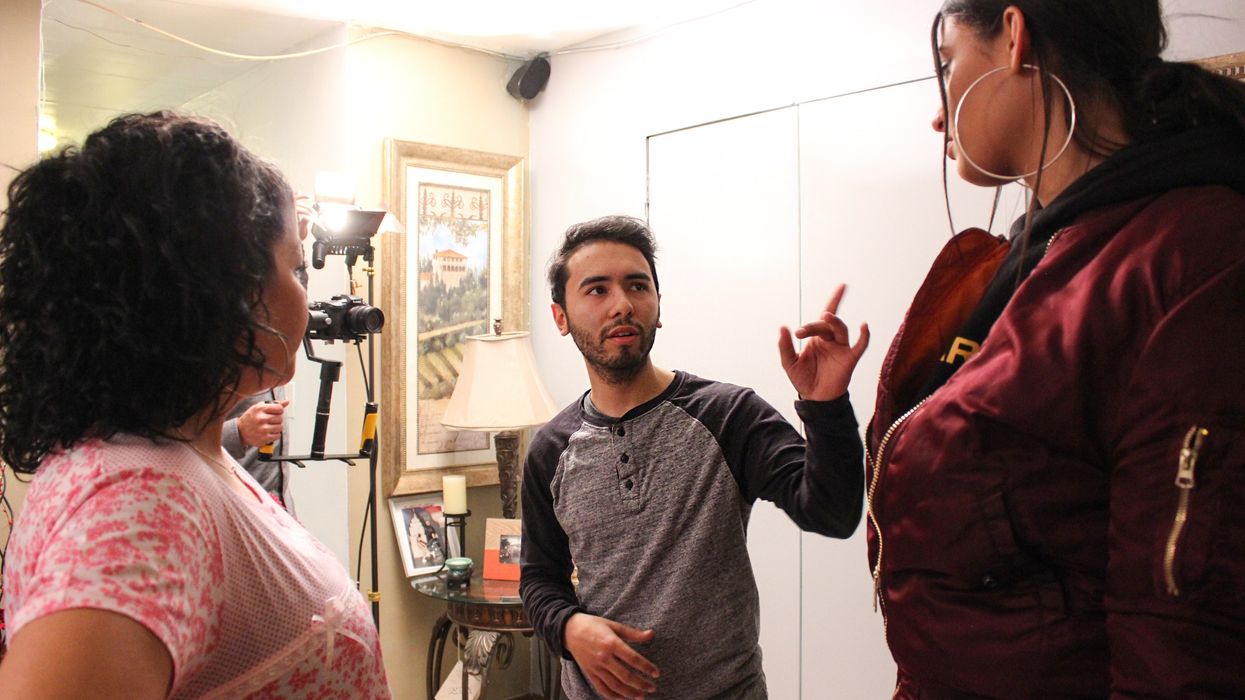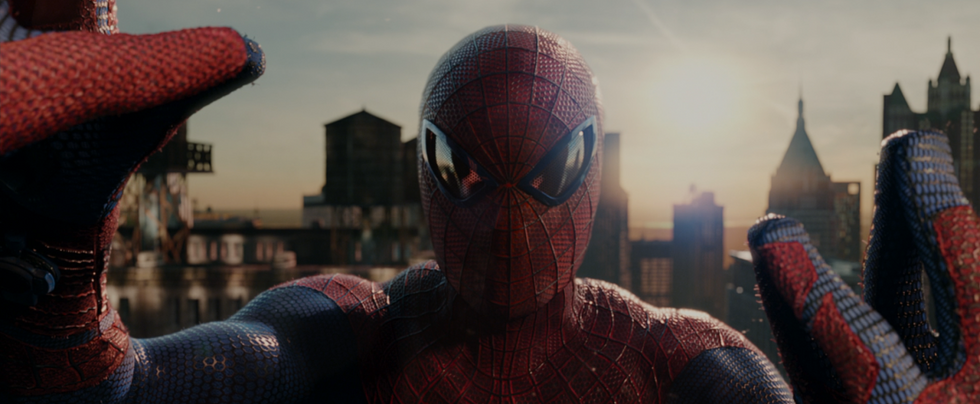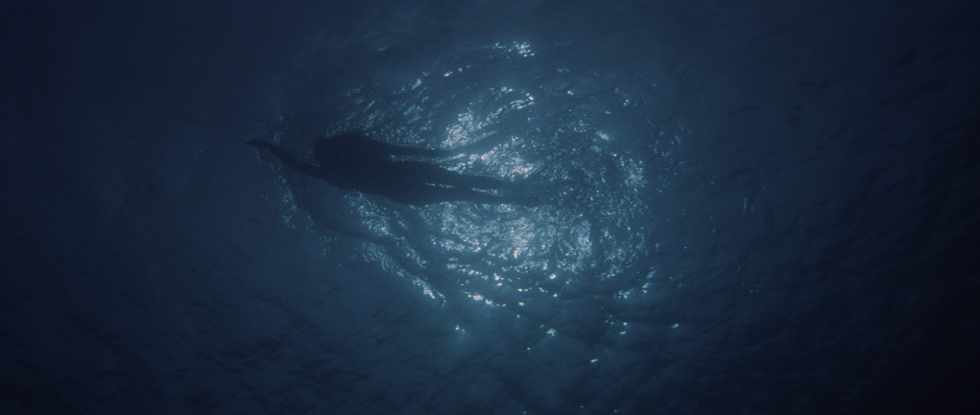7 Painful Lessons Learned While Making My Thesis Film
There's no better classroom than being on set.

It was my last semester in film school but our professors had been preparing us for almost a year for the biggest project we had to make so far. I had written the script for my thesis film almost a year and a half before that time. It was stored away in the depths of my desktop for a while and I pulled it out for our thesis screenwriting class. The 13-minute movie The Funniest Person Ever is about a struggling stand up comedian who makes a wish to be...you guessed it...the funniest person ever. Her wish is granted but she soon finds out it's not all its cracked up to be.
The thought “Damn, this is going to be hard but exciting to make“ came about in that same screenwriting class. So that’s where my first piece of advice comes in. I hope you can learn from my lessons below to make your thesis film dreams come true.
Hearing your own script read aloud by others will shatter the tunnel vision.
1. Don't be afraid of rewrites
All screenwriters know about rewrites. Doing it is dreadful but it helped me weed out the flaws in my script. At a certain point, I was actually excited to do another rewrite in the hopes of making my script better. I never rewrote the entire script from scratch. I just pulled out scenes and replaced them with more empathetic ones. Then, one of my professors brought up table reads. The first round was with my fellow filmmakers. I received great feedback, and did yet another rewrite. Next up was another table read but with actual actors. So I brought in my comedy friends and I was in awe of how well it sounded with a few flaws here and there in the screenplay. Hearing your own script read aloud by others will shatter the tunnel vision, and open your eyes and mind to new possible directions for your script.
2. Record your table reads
My professor introduced the great idea of recording our table reads to me. The table read can come home with you for further analysis if you record it using video or a voice note feature on your smartphone. I only did this once but it did help for another round of rewriting.
3. Reverse the roles
One of my early struggles in the pre-production of my thesis film was casting. My lead role was a male comedian. My lead actor was lacking interest in the project so I reached out to another person I was acquainted with, a young and hilarious lady known on Instagram as Dee Nasty. I was able to get her phone number from my previous lead actor, so I pitched her the idea and she agreed to play the lead role. The male lead was now a female. Best decision I made simply because her skills as a comedienne and actress are amazing and, quite frankly, she made my film funnier. Little did I know that my new lead would bring me issues later in production. (Dramatic music plays)

4. How to get extras and clone them
I needed about 30 extras for my film. The comedy club scenes were going to be the hardest scenes to film. I had to make one location look like four, with a large number of actors in the room. I figured the best way to get more people was to ask people who were already interested in me or my project. I asked the extras to bring friends interested in acting. I asked friends who like acting to come be an extra themselves. I also posted an ad on casting websites. Despite all my outreach, only about 10 extras showed up, which was 20 less than my desired goal. Problematic. I resolved this by making the same person look like multiple people. I asked my actors to bring an extra piece of clothing, hat, hoodie or jacket and I had them wear the hat or hoodie and grabbed shots from behind. They looked like a whole new group of people.
5. Adapt to the situation
The greatest tool I learned as a filmmaker is to adapt, quickly. Luckily the program director of my film school at City College had invited a filmmaker a few days before shooting who brought up that exact same piece of advice. A man who has made more than five feature films, well-funded, huge cast, big names; he told us “when you're on set and a few pieces of your puzzle are missing, you make it work no matter what, adapt.”
I had a small group of extras, I had one comedy club, and the support of my cousin and friends. I adapted and made it happen. I had promised lunch to all the actors during the comedy club scenes, but I was running out of time. So we pushed through and I gave everyone a $10 stipend. At that point, I was glad 30 people didn't show up.
I was forced to shoot scenes weeks apart.
6. Use pictures to maintain continuity
My lead actress's career was taking off. I was forced to shoot scenes weeks apart. At one point, there was a month of inactivity during my production phase. I was running out of time and I had to make this film to graduate. I made it, but where I slacked off was on continuity. This is not recommended. Don’t laugh when I say this, but it was the hair. Dee’s hair was always straight in the movie which made it easier, but the differences were the placing of the bun and ponytail, a few strands of hair, and some jewelry. In one shot, her ponytail is higher up with no necklace; in the next it's lower and she’s wearing a necklace. Small details count. Take pictures and write down key aspects of the wardrobe and hair.

7. Use your crew
I love the process and I love the challenge of filmmaking, but I learned the hard way not to be a one-person army. I felt like the weight of world was on my shoulders. I needed an assistant director, a production assistant, and a script supervisor. My friend John and my cousin Erick took on some of these roles on set when they were available. But I learned that I needed more people on the crew side. My instinct was that, the less crew you have, the easier it is to have a grasp of everything. Erick made me aware that I can’t wear all those hats. I don’t even like hats, but you know what I mean. Build a tribe, so that you can film the movie.
What was the best lesson you learned making your thesis film? Let us know in the comments.
Follow Romel Rodriguez on instagram @Romelcreates

 'The Amazing Spider-Man' (2012)
'The Amazing Spider-Man' (2012) 'Jaws' (1975)
'Jaws' (1975)









